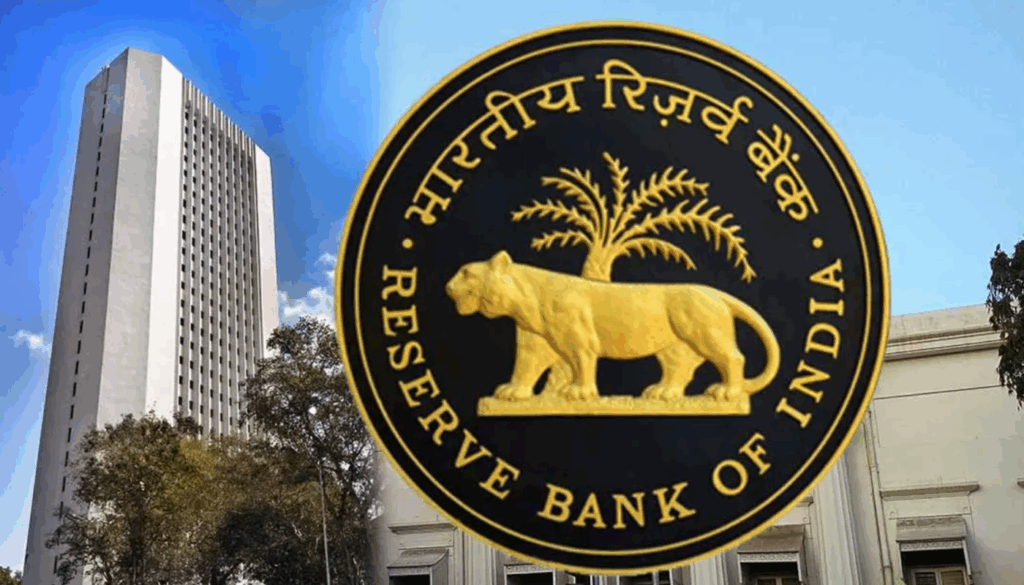The Reserve Bank of India (RBI) is the central bank of India and serves as the cornerstone of the country’s financial and economic stability. Established in 1935 under the Reserve Bank of India Act, it plays a critical role in regulating the monetary and credit system of the nation.
History and Establishment
The RBI was founded on April 1, 1935, during British rule, in accordance with the Reserve Bank of India Act, 1934. Initially, it was privately owned, but after 1949, it was nationalized to serve the public interest. Its headquarters are located in Mumbai, and it has regional offices across the country.
Objectives of RBI
The primary objectives of the Reserve Bank of India are:
-
Monetary Stability:
The RBI controls money supply and interest rates to maintain economic stability. -
Financial Regulation:
It regulates banks, non-banking financial companies (NBFCs), and other financial institutions to ensure a sound financial system. -
Issuing Currency:
RBI is the sole authority for issuing Indian currency notes, ensuring their authenticity and security. -
Managing Inflation:
Through tools like repo rate, reverse repo rate, and cash reserve ratio, RBI keeps inflation under control. -
Foreign Exchange Management:
RBI manages foreign currency reserves and ensures the stability of the Indian Rupee in global markets.
Functions of RBI
The RBI’s functions can be broadly categorized into regulatory, developmental, and monetary roles:
-
Regulatory Functions:
-
Supervising commercial banks
-
Ensuring financial stability
-
Preventing frauds and maintaining public confidence
-
-
Monetary Functions:
-
Controlling inflation
-
Regulating credit flow in the economy
-
Maintaining liquidity and interest rate stability
-
-
Developmental Functions:
-
Promoting financial inclusion
-
Supporting agriculture and rural development
-
Encouraging growth in various sectors of the economy
-
Key Tools Used by RBI
The RBI uses several monetary policy tools to regulate the economy:
-
Repo Rate: The rate at which banks borrow money from the RBI.
-
Reverse Repo Rate: The rate at which banks deposit surplus funds with RBI.
-
Cash Reserve Ratio (CRR): Percentage of deposits banks must keep with RBI.
-
Statutory Liquidity Ratio (SLR): Minimum liquid assets banks must maintain.
Importance of RBI
-
Economic Stability: By managing inflation and interest rates, RBI ensures the economy remains stable.
-
Banking Regulation: RBI ensures banks operate safely and transparently.
-
Investor Confidence: Through currency management and financial oversight, RBI maintains public trust in the banking system.
-
Crisis Management: During financial crises, RBI acts as a lender of last resort.
Conclusion
The Reserve Bank of India is more than just a central bank; it is the guardian of India’s economy. Its prudent policies, effective regulation, and timely interventions have helped India navigate through economic challenges, ensuring stability and growth. Understanding RBI’s role is essential for anyone interested in the financial and economic health of the country.


